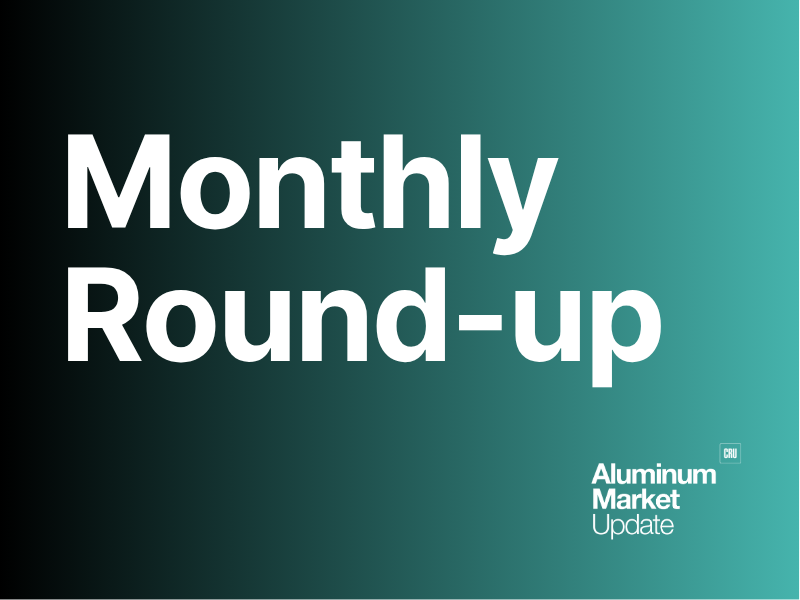Global Trade

June 24, 2025
Metal on the borderline: Mexico's aluminum survival strategy
Written by Gabriella Vagnini
The real action right now isn’t in Washington or Wall Street. It’s sitting at the border. Trucks in Juárez are idling. Mexico is waiting. And anyone in the U.S. who relies on aluminum from across the southern border should probably be paying attention.
On June 4, Trump’s Section 232 tariffs officially doubled to 50%. The only country that got an exemption? The UK. Everyone else is on the hook, including Mexico, unless they can work something out. Behind the scenes, trade reps are scrambling to avoid a full-on aluminum supply disruption. And so far, it’s quiet. Too quiet.
Mexico exported around $2.1 billion worth of aluminum into the U.S. last year. That’s not small potatoes. It includes everything from rolled coil to extrusion billet. If those flows get choked off or slowed down, it’s not just the border that feels it. It’s every can line, auto plant, and warehouse in the U.S. that counts on steady volume.
And here’s the thing. U.S. smelters aren’t ready to pick up the slack. Most are still running below capacity. Some have power deals that are expiring. And recycling, while promising, can’t just flip a switch and fill the gap overnight. Especially not when some of the best secondary material keeps getting exported out of the country.
Mexico wants a carve-out. Fast. They’re pushing for a deal through the USMCA framework, hoping to lock something in before this tariff structure hardens. They’ve already warned that if no deal comes soon, they’ll be forced to respond. Politely for now. But the clock is ticking. The 90-day pause tied to Section 232 runs out July 8. After that, this whole thing escalates.
Meanwhile, half a world away, Trump is turning up the heat on Iran again. Not just rhetoric. Airstrikes. Sanctions. And the markets are reacting. Crude is climbing, and we all know what that means for aluminum. Power prices rise. Smelting costs go up. That’s true globally, but it hits U.S. producers especially hard. Power is up to 45% of the cost base for primary. Even secondary producers feel it. If Iran tensions keep fueling volatility in energy markets, expect it to show up in the aluminum cost structure before long.
So where does this leave the U.S. aluminum buyer? In a tight spot if they’re not planning ahead. Now is the time to talk to Mexican suppliers. Make sure your contracts are solid. Have a backup plan. Look at Gulf producers. Look at Asia. Even a few cents more in freight is better than getting stuck without product. And take a hard look at your energy exposure. If things flare up in the Middle East and power prices surge, do you have price protection baked in? If not, you might be facing sticker shock come fall.
This is one of those moments where aluminum looks calm on the surface, but a whole lot is shifting underneath. If Mexico gets carved out, great. But if not, this becomes a supply chain story real fast. And if Iran tensions keep dragging energy into the spotlight, it becomes a cost squeeze too.
There’s no need to panic. But there’s every reason to prepare.






